FDA OK’s 2nd COVID Booster for Older Americans
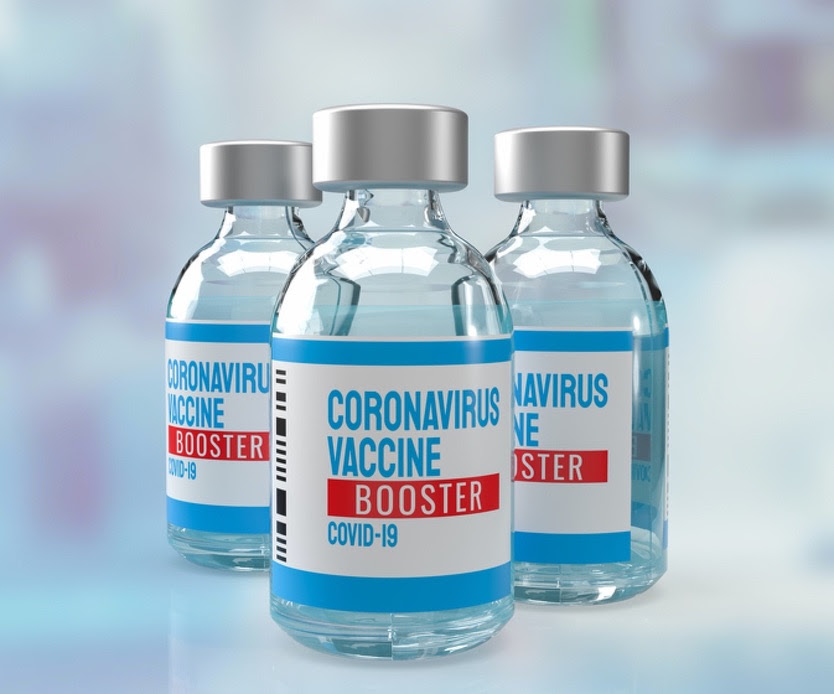
On March 29, 2022 a second booster dose of Pfizer or Moderna’s COVID-19 vaccine was authorized for adults ages 50 and up by the FDA.Older adults may receive a second booster dose at least 4 months after their first booster dose of vaccine, the agency said.
Other groups eligible to receive a second booster include patients with moderate to severe immunocompromising conditions and are ages 12 and up for Pfizer, or 18 years and up for Moderna. This means that immunocompromised people will receive five doses of mRNA vaccine in total: a three-dose primary series, and two boosters.
An FDA spokesman said: “This option will help save lives and prevent severe outcomes among our highest-risk patients.”
Once again, the safety data to support this move was obtained from real-world data from Israel. For the Pfizer vaccine, data on 700,000 adults ages 18 and up who received a second booster at least 4 months later revealed no new safety concerns. The 4-month interval between boosters also came from Israeli data.
==================================================================
Source: MedPage Today • March 29, 2022
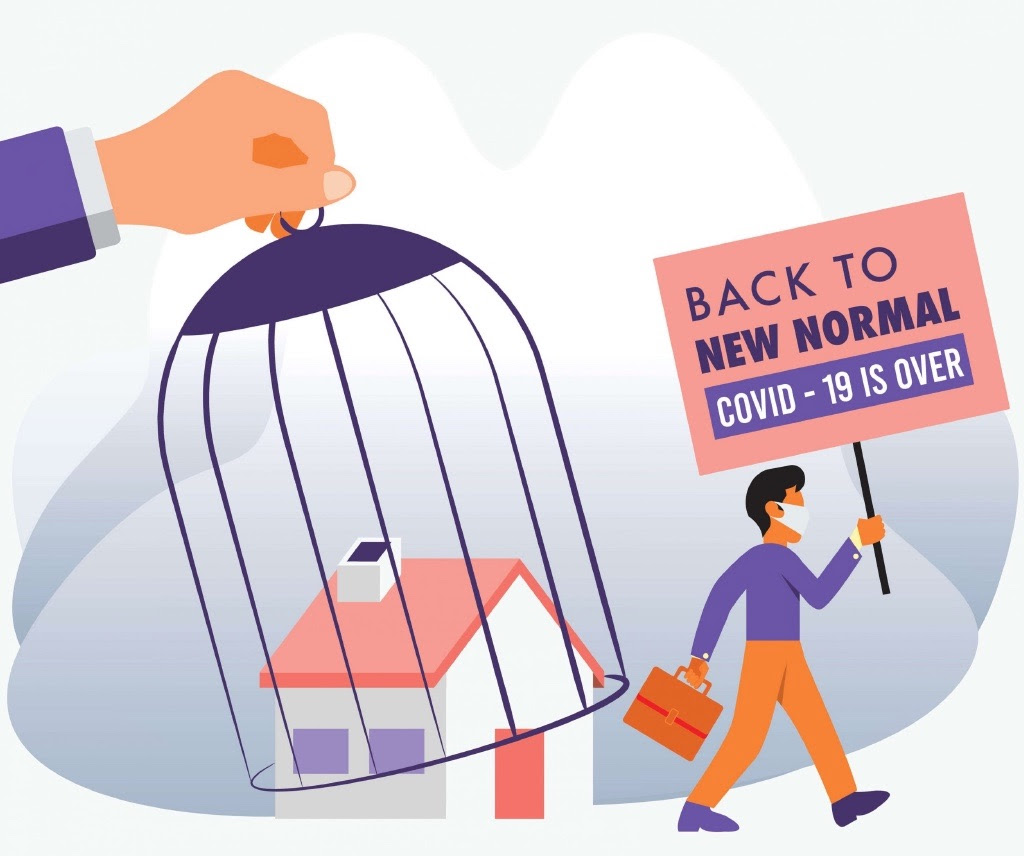
Life after COVID. What Should We Expect?
As America and the world cautiously emerge from the COVID-19 pandemic, questions are arising about its long-term health effects. According to the Mayo Clinic, symptoms can sometimes persist for months. The virus can damage the lungs, heart and brain, which increases the risk of long-term health problems.
While most people who contract COVID-19 recover completely within a few weeks, a significant number continue to experience some symptoms even after they have recovered. They are described as “long haulers,” a term that refers to patients whose symptoms persist for more than four weeks after the initial diagnosis.
Older people and people with many serious medical conditions are the most likely to be long haulers, but even young, otherwise healthy people can feel unwell for weeks to months after infection.
Common signs and symptoms that linger over time include:
- Fatigue
- Shortness of breath or difficulty breathing
- Cough
- Joint pain
- Chest pain
- Memory, concentration or sleep problems
- Muscle pain or headache
- Fast or pounding heartbeat
- Loss of smell or taste
- Depression or anxiety
- Fever
- Dizziness when you stand
Although COVID-19 is seen as a disease that primarily affects the lungs, it can also damage many other organs, including the heart, kidneys and the brain. Organ damage may lead to health complications that linger after a patient has recovered from COVID-19. In some people, lasting health effects may include long-term breathing problems, heart complications, chronic kidney impairment, stroke and Guillain-Barre syndrome — a condition that causes temporary paralysis.
There are also psychological considerations. People who have severe symptoms of COVID-19 often have to be treated in a hospital’s intensive care unit, with mechanical assistance such as ventilators, in order to breathe. Simply surviving this experience can make a person more likely to later develop post-traumatic stress syndrome, depression and anxiety.
Much remains to be learned. Many long-term COVID-19 effects remain unknown, but research is ongoing. If you have recovered from COVID-19, the Mayo Clinic recommends that your doctor closely monitor you to see how your organs are functioning after recovery. If this includes you, be sure to discuss this matter with Dr. Weisz. She may refer you to specialized clinics that provide care for people who have persistent symptoms or related illnesses after they recover from COVID-19. Support groups are available as well.
It’s important to remember that most people who have COVID-19 recover quickly. But the potentially long-lasting problems from COVID-19 make it even more important to reduce the spread of COVID-19 by making sure you are fully vaccinated. Contact our office if you need assistance in getting vaccinated.
==================================================================
Source: HoustonMethodist.com • On Health • March 2, 2022
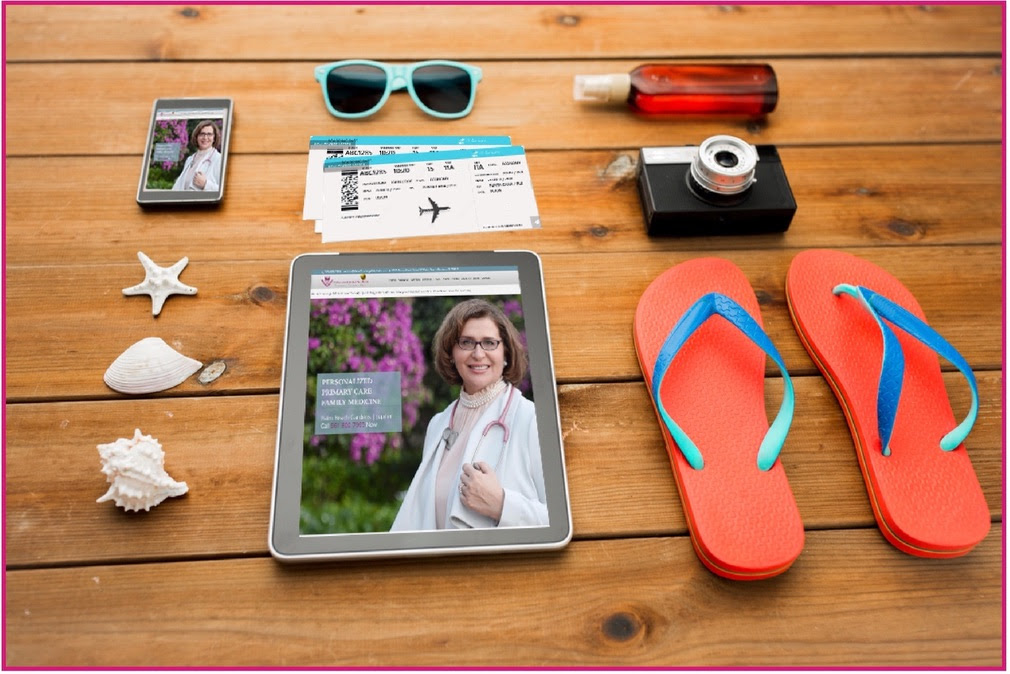
Take Dr. Weisz Along On Your Next Vacation
With COVID-19 winding down, many people are making springtime travel plans for the first time in years. Those who hold memberships in concierge primary care medical practices, like Weisz Concierge Medical, enjoy an added benefit when packing for their getaway. They can take their family doctor with them.
This is particularly valuable to travelers headed outside the United States to areas where healthcare standards may be different than at home. As long as you are able to access phone service, Dr. Weisz is only a phone call or a text message away, no matter where in the world you may be headed. An unexpected medical situation can ruin a well-planned holiday vacation, particularly if you find yourself stranded and cut off from your regular medical provider.
Should that happen to you or to a member of your family, Dr. Weisz will be able to coordinate with the medical professionals in your area, quickly providing them with your medical history and advising them about the particulars of your care. That means you’ll be able to take along the most valuable thing you can pack for your vacation: peace of mind.
Here are a few travel trips to help you stay healthy during your vacation:
- Avoid aisle seats on planes. You may want to be more selective when it comes to booking your seat on a plane. Yes, you can get up more easily from an aisle seat, but not only will you get less rest when your neighbor makes you get up, but you also might be exposed to more germs.
- Get plenty of sleep. A recent study showed how critical sleep is when it comes to staying healthy, especially if you’re crossing time zones, as a disruption to a person’s circadian rhythm can compromise their immune system.
- Don’t forget a first-aid kit. It’s helpful to pack some simple first-aid supplies while traveling, especially if you’re vacationing with kids. Your kit probably should include acetaminophen or ibuprofen for pain or fever, DEET-containing insect repellent, antibacterial wipes or gels, a motion sickness remedy, an anti-diarrheal like Pepto-Bismol or Imodium, adhesive bandages, disinfectant, and an antibiotic ointment like Neosporin.
- Meds go in your carry-on. If you’re flying and bringing personal medication, pack it in your carry-on rather than checked luggage, just in case your bags are lost in transit.
- Hydrate throughout your vacation. It’s easy to lose track of how much water you’re actually drinking when sightseeing or enjoying poolside cocktails. Keep a water bottle with you wherever you go, and get a good head start to the day by drinking two full glasses of water upon waking up or with breakfast.
- Stay active. You may think that your ideal vacation should consist of lying on the beach all day, but you will actually feel better and eventually more rested if you incorporate physical activity into your vacation time. Whether that means taking advantage of a hotel gym, exploring the local sights by walking or riding a bike instead of taking cabs, or even doing some pushups, jumping jacks, or yoga in your room, it’s easy to add regular cardio while you’re away. Exercise bolsters the immune system and releases feel-good endorphins.
- Protect your skin. You don’t want a painful sunburn putting a damper on your trip. Pack a hat and an umbrella and use sunscreen with an SPF of 30+ to protect your skin from the sun’s UVA and UVB rays. While the sunburn will go away, the increased risk of skin cancer remains, so take this protection seriously.
Finally, make sure you have our office’s phone, fax and email information with you in case a medical situation arises. And…drop us a postcard from your holiday destination.
==================================================================
Source: airmedcarenetwork.com • Manage Your Health On Vacation • February 22, 2022

CT Scans Are a Low-Risk Imaging Alternative for Patients With Heart Disease
Cardiac computed tomography (CT) exams are an effective, low-risk alternative to invasive coronary angiography (ICA) for patients with heart disease, according to the New England Journal of Medicine.
“ICA is the reference standard for the diagnosis of obstructive coronary artery disease or CAD,” wrote Marc Dewey, MD, a radiologist who specializes in cardiovascular imaging “However, elective ICA is associated with rare but major procedure-related complications, and has been reported to reveal obstructive CAD in only 38% to 50% of the patients who are referred for the procedure in the United States and Europe.”
Cardiac CT, Dewey said, has “generated interest” as a noninvasive more affordable alternative to ICA.
The group examined data from more than 3,500 patients who were referred for ICA due to chest pain and suspected CAD. Patients were randomly selected to undergo CT or ICA.
All patients were at least 30 years old. While 56.2% of patients were women, the mean patient age was 60.1 years old. If a patient’s evaluation did not show any signs of obstructive CAD, they were discharged back to their referring physician..
==================================================================
Source: cardiovascular business.com • Michael Walter • March 4, 2022
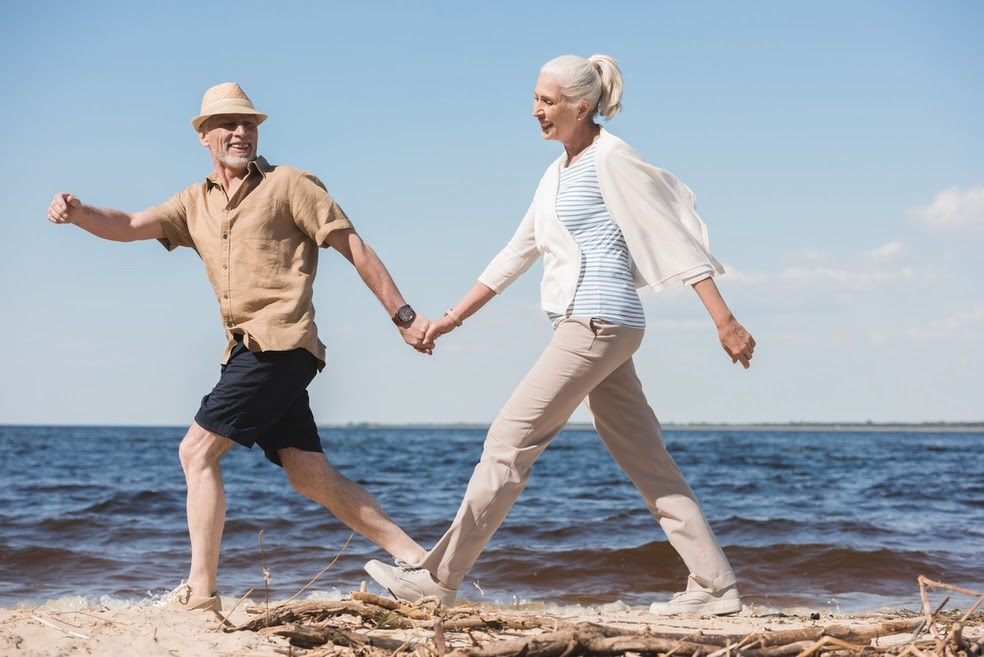
Even Moderate Exercise Delivers Protection Against COVID-19
Further support for the benefits of regular exercise in reducing severe COVID-19 outcomes has come from a large study, the first to directly measure physical activity in its participants.
Researchers identified 65,361 members of a South African private health plan who had a COVID-19 diagnosis from March 2020 to June 2021 and matched them with physical activity data during the 2 years prior to the country’s March 2020 lockdown. They looked at gym attendance and mass event participation in a voluntary healthy lifestyle behavior program.
In all, 20.4% of participants had engaged in low levels of at least moderate-intensity physical activity per week (0 – 59 minutes), 34.5% in moderate levels (60 – 149 minutes), and 45.1% in high levels (150 minutes or more).
Overall, 11.1% were hospitalized as a result of COVID-19, 2.4% were admitted to the intensive care unit (ICU), 1.3% required a ventilator, and 1.6% died.
Benefits enjoyed by COVID-19 patients with high physical activity:
- 34% lower risk for hospitalization
- 41% lower risk for ICU admission
- 45% lower risk of requiring ventilation
- 42% lower risk for death
Even moderate physical exercise was associated with benefits:
- 13% lower risk for hospitalization
- 20% lower risk for ICU admission
- 27% lower risk of requiring ventilation
- 21% lower risk for death
“Should we come across further waves of this pandemic, our advice from a medical point of view should be to promote and facilitate exercise,” senior author Jon Patricios, MD, said in an interview.
The results are comparable with previous reports of self-reported exercise and COVID-19 from the United States and South Korea, although the effect of even moderate exercise was more significant, possibly due to the use of direct measures of exercise rather than self-reporting.
“Regular physical activity should be a message that is strongly, strongly advocated for,” Patricios said. “It’s frustrating that the message is not driven strongly enough. It should be part of every government’s agenda.”
==================================================================
Source: medscape.com • Patrice Wendling • March 25, 2022
A Dose of Humor
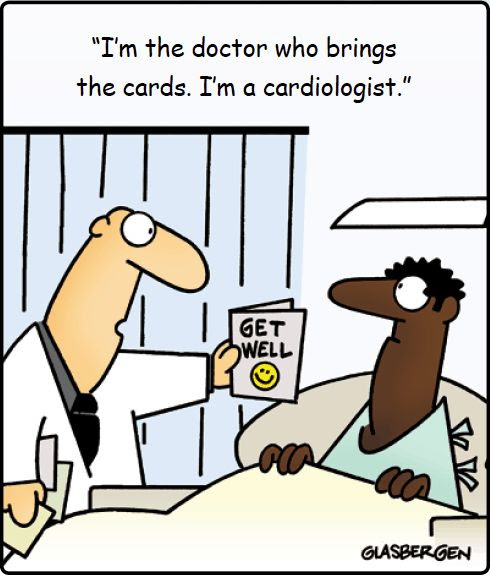

A Healthy Spring Recipe
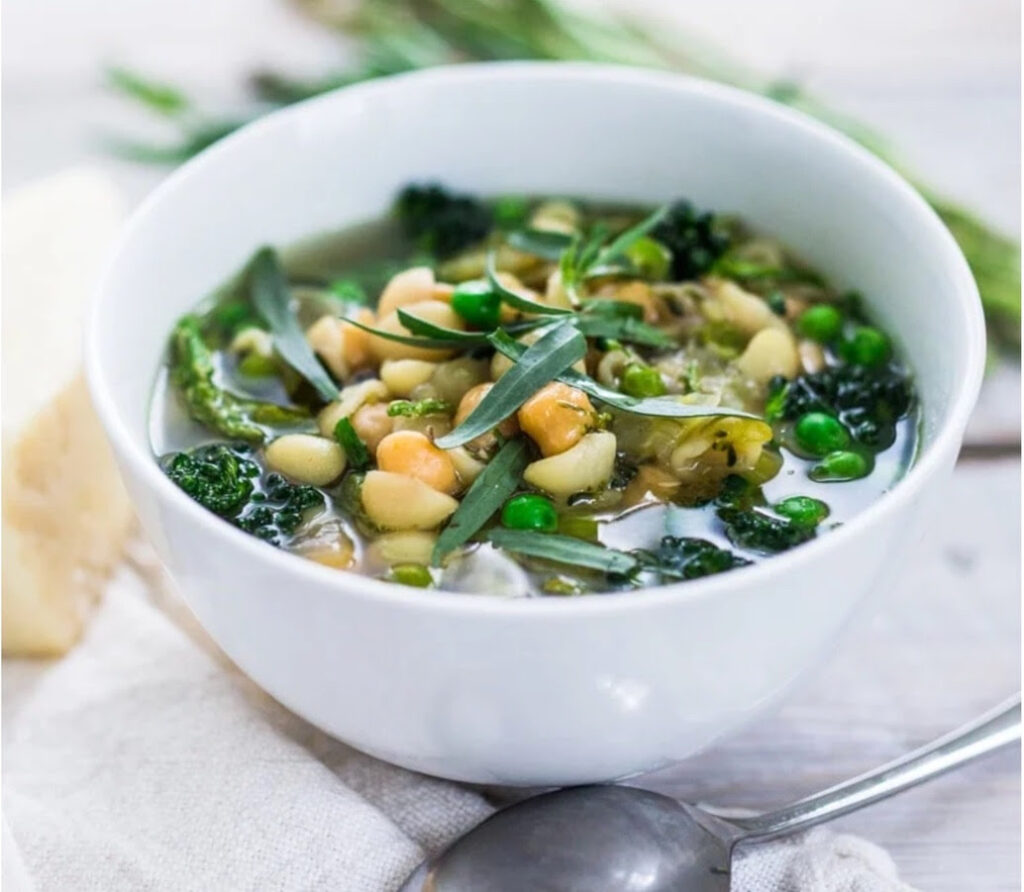
SPRING MINESTRONE SOUP WITH SPRING VEGGIES & CHICKPEAS
(Serves 6-8)
A delicious recipe for Spring Minestrone Soup with Chickpeas and vibrant spring green vegetables. Keep it vegetarian or make it vegan- a simple adaptable recipe that makes for a healthy weeknight dinner. Play around with the vegetables and make it your own, taking special care not to overcook them. If going gluten-free, try a bean or rice pasta. Keep the soup vegan or sprinkle with romano cheese.
Prep Time: 15 mins • Cook Time: 45 mins • Total Time: 1 hour
Ingredients
- 1 cup dry garbanzo beans (or sub 2 cans)
- 2 tablespoons olive oil
- 1 medium onion – diced (or sub 2 leeks)
- 2 cups chopped fennel bulb or celery
- 4–6 garlic cloves – minced
- 4 cups flavorful stock – veggie stock or chicken stock
- 4 cups water
- 1 teaspoon salt
- 1/4 teaspoon cayenne
- 1 teaspoon coriander
- 4 ounces pasta (like little elbows, orzo, mini shells, penne)
- 4 cups finely chopped green veggies (any combination of broccoli, green beans, spring peas, kale, asparagus, peas, cauliflower)
- 1 tablespoon fresh thyme (or 1 teaspoon dried)
- 1/4 cup fresh dill (or sub tarragon) or a mix is nice.
- 1–2 tablespoons lemon juice, more to taste
- 1 cup chopped flat-leaf parsley or scallions
- garnish options: finely grated Romano cheese, gremolata, a dollop of sour cream or drizzle of good olive oil, tarragon, crunchy homemade croutons fresh herbs
Preparation
- Soak dry garbanzo beans in a bowl of water for 8-10 hours. Drain.
- In a large pot or dutch oven, heat oil over medium-high heat. Add onion and fennel and saute 2-3 minutes, stirring often. Turn heat to medium and cook for 5 more minutes or until tender.
- Add garlic, cook 2-3 more minutes.
- Add stock, water, spices and salt and the soaked chickpeas and bring to a boil. Cover and simmer on medium-low for 20 minutes or until chickpeas are tender. (If using canned chickpeas, drain and rinse and simmer 3 minutes.)
- Add pasta, bring to a boil, and when the pasta is about 1/2 way cooked, add the vegetables. (You don’t want to cook the veggies too long, or they will lose their beautiful green color)
- When pasta is cooked and veggies are just tender and bright green, stir in parsley and dill or tarragon.
- Add the lemon juice a tablespoon at a time, tasting.
- Adjust salt and pepper to taste.
- Serve in bowls and garnish with more tarragon, gremolata, grated Romano, chili flakes, or a dollop of sour cream. Croutons add a nice texture too.
For details and more photos, go to: https://www.feastingathome.com/spring-minestrone-soup-with-chickpeas/
==================================================================
Source: Feasting at Home • Sylvia Fountaine • April 21, 2016